How to self-study art history
A comprehensive guide to a critical, canon-breaking, deeply individual study of the history of art
Before going to university, I was self-studying art history. So, whilst I won’t pretend to be all-knowing about how to study this topic, I would say I have pretty good authority. Hopefully you’ll be able to find something at least half-useful in the following.
Why study art history?
For me, the motivation to study art history lies in the links to be found between art it’s political, cultural and social contexts. But there are a myriad of reasons, so it’s helpful to figure out your reason so as to guide your study, as will be detailed below.
Your art history
Typically, we are pushed towards studying ‘canonical’ art history (referring to a set of artists, periods and artworks which are seen as definitive or even the greatest) as an all-encompassing narrative. Whilst it sounds helpful, it is, unfortunately, just not true.
The origins of canonical art history can be seen in the Italian Renaissance period- a self-described term, this label was given by Vasari to his own period in time and place (16th century Italy or, more specifically, Florence.) It is likely that he was motivated to do so by the patronage of the Medici family, who, wanting to boost their cultural status, sought to place their hometown from which they did business out of as the world centre for artistic innovation. It is worth noting that their business included slavery and other colonial practices, all of which were justified under this guise of cultural superiority. You can read more about it in this post I did ages ago (just wary of my myriad of ways of spelling Petrarch and my general inability to write, I like to think I’ve improved.)
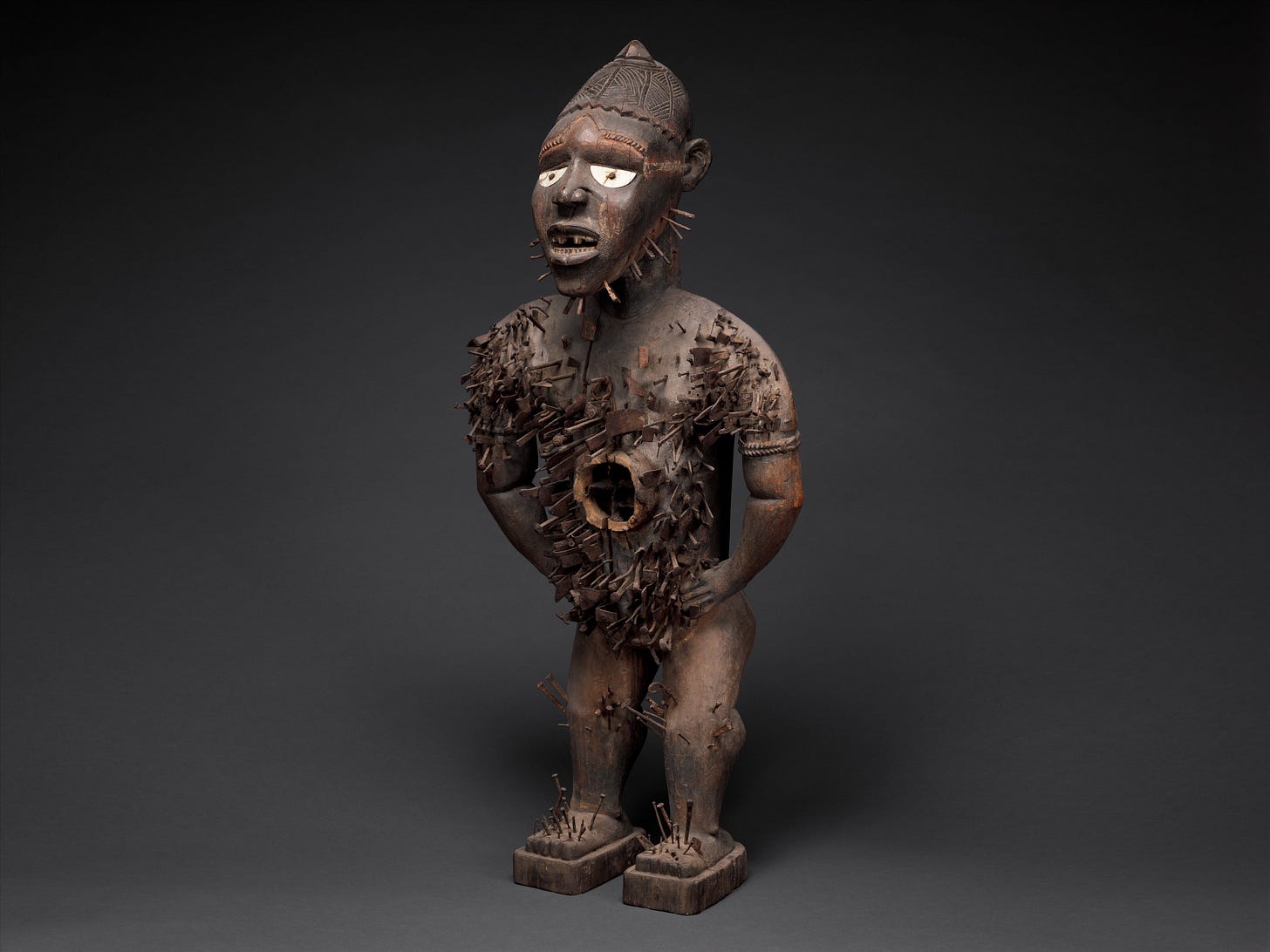
To follow the standard narrative set out is, ultimately, to limit yourself.
For note, here is a general timeline of what this narrative of art history depicts:
Greco-Roman art
Byzantine and Medieval (grouped together as this bad ‘dark ages’)
The Italian Renaissance
The (lesser) Northern Renaissance
Baroque
Rococo
Neo-Classicism
Realism
Impressionism
Post-Impressionism (heavily debated)
Modernism and Post-modernism (even more debated)
There’s nothing wrong with studying these periods, just be wary that there are more or less limited to Europe, to white men, and anyone else included is a mere exception. There’s is a very specific vision of what makes great art.
Periodisation (as in, Baroque or Renaissance), used to be something I would defend as useful for those first getting to know art history. For one, they do help in identifying when or where a piece was from. For example, you can see that Impressionist works employ looser brushwork than the fine detail of a Baroque work, which would help you identify the following work as being from the mid to late 19th century and onwards, from Europe.
But then who’s to say this isn’t a technique developed by a child in Nepal centuries earlier? It’s all a lot less linear and a lot more messy than standard periodisation would let on. I’ve found I’ve had to unlearn the influence periodisation has had over my ability to see works, because of these limits that it puts in place and the categories of good and worthy versus bad and unworthy that it puts in place.
What should guide you instead, is your own interests.
Ask yourself why you want to learn about art history, is it to…
understand politics?
explore religion and philosophy?
for your own artistic practice?
to understand how portraiture has developed over time?
for leisure?
to explore the history of a specific country?
Once you’ve decided your reasons, consider topics that would be appropriate. Here are some suggestions according to the uncomprehensive list above:
Politics
Mural painting in Mexico
French Neo-Classicism
Religion and philosophy
Buddhist art along the Silk Roads
Mayan tomb art (a personal favourite)
For your own personal practice (this is entirely subjective, so I’ve listed topics which instead explore the developing of individual style)
Art Brut
Apache Native American woven baskets
To understand how portraiture has developed over time
World pre-historic art
Royal portraits from Kuba
Leisure (I’ve chosen to go for depictions of leisure here)
Mughal India’s miniatures
French Impressionism (for the most part)
Explore the history of a specific country (here are some guidelines, as it depends on the country of choice)
Earliest preserved art [ in country of choice ]
Art in revolutions [ in country of choice ]
Contemporary art [ in country of choice ]
Be critical
Critical theory is essential to the study of art history, both to understand the plurality of opinion in a subject (and the subject of art history as a whole) and to develop your own voice. What you want to do is be able to critique the topic you’re studying. An example to illustrate what I’m talking about: yes Edo period ukiyo-e prints are nice to look at, but were they evidence of a creeping industrialisation that would further enforce economic classes that would cripple the poor? That’s for you to explore.
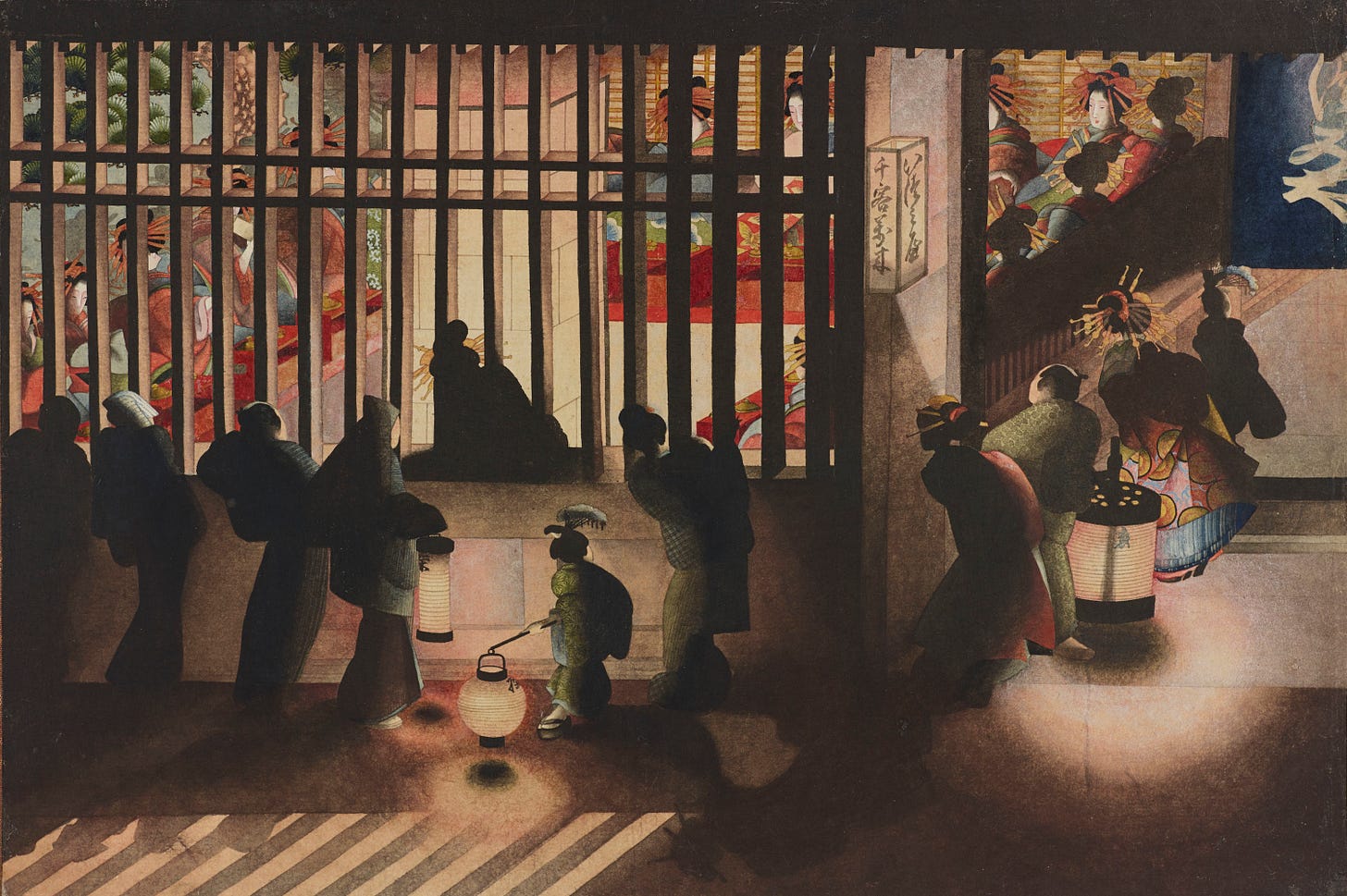
Then, you want to be able to critically engage with the critical texts you’re reading. There’s no need to take any of these authors at face value whether they support canonical art history or not, so by all means argue with them!
How to do this?
Compare their opinions with artworks or artists, is there evidence against what they are saying?
Consider the context of when and where they are writing. Was it a period of colonisation, perhaps? Are they benefitting or not from colonial practices? How could this influence their opinion?
What sort of artists are they interacting with? Artists you’ve never heard of and likely wouldn’t be included in ‘the canon’?
What’s their purpose? Are they arguing against someone/ something? Are they seeking to be educational? Are they promoting a new art style?
These are merely suggestions (except for the last one, that’s always important), as it’s best to engage with texts in line with your purpose of studying art history.
A word of advice: be cautious of ‘alternative’ art histories. Whilst going deliberately against the canon appears to be the best approach at first, I personally think that these still promote this exclusionary narrative of the canonical artists vs [ insert group excluded by the canon ]. The result leads to very little progress. Books and other media relating to these narratives are still useful for learning about new artists and gaining theory, but still critically engage with them
Here are a short list of books to get you started:
Gombrich’s ‘The Story of Art’
Hessell’s ‘The Story of Art without Men’
Cardinal’s ‘Outsider Art’
Vasari’s ‘The Lives of Artists’
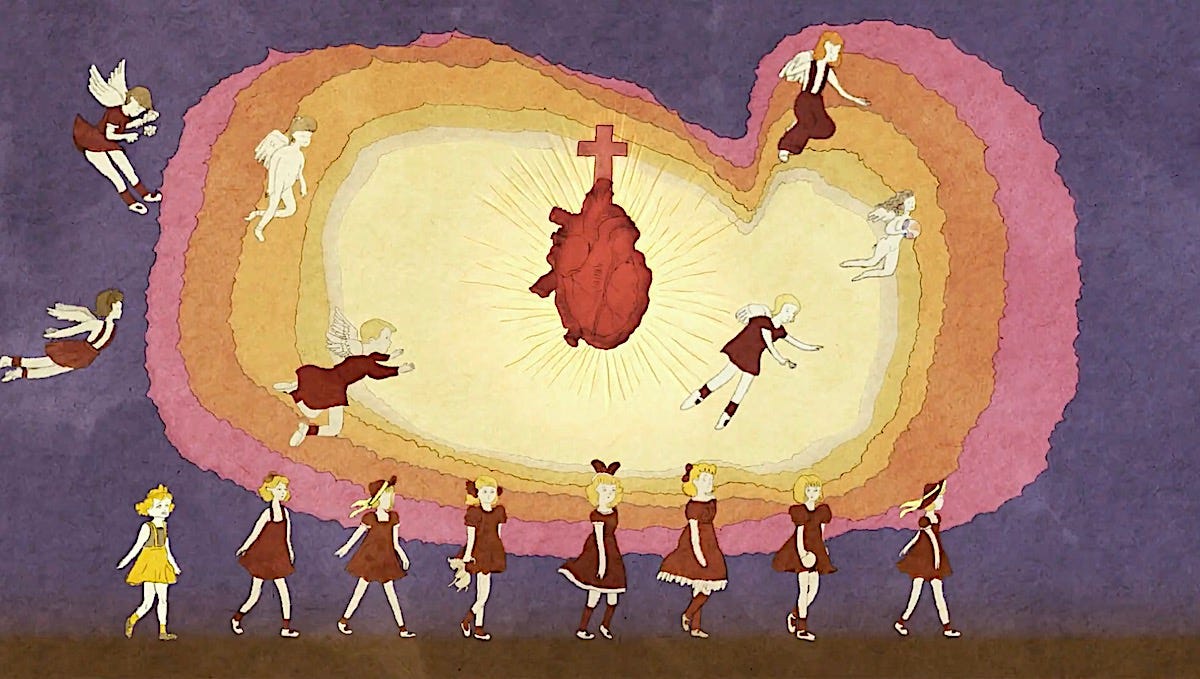
(Possibly) writing about art
Finding a way to explore your ideas is important. Start from the margins and work your way out: annotate and take notes about the readings, then find a way of developing, synthesizing and voicing your ideas. For me, writing is the only way I feel I can get my ideas across, but your’s could be speaking or cartooning or literally anything.
When approaching a specific work, the way I’ve been taught to write about them is to move from description to analysis. First write was you see, then ask ‘why?’ And then ask ‘why?’ again and again until you’ve pushed your knowledge to it’s limit. This is then your cue to learn more.
Continue learning
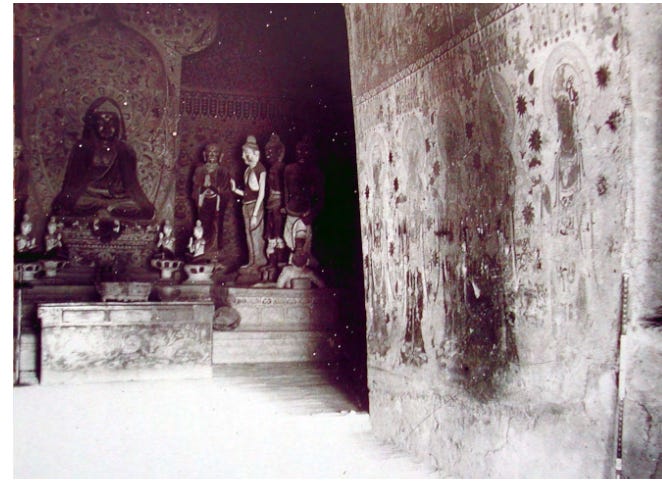
Art history is so very vast. This fact is scary at some points, but it also means that you’ll never get bored of the subject. There’s infinite possibilities whether that’s covering as much ground as possible, or if it’s going into depth into such specific niches: you can attempt to cover the entirety of art history through the lens of one topic, or you can focus in on the artistic output of a single year in a single town. I recommend striking a balance between the two extremes, honing in only when you’ve discovered a topic of interest.
Resources
Whilst the democracy of the internet is, at best, questionable, the resources on it are still vast. There is also print media to be found in libraries and the potential of free museums and galleries. If you’re able to, I recommend the later two as great places to visit when you want to see a specific work in mind, or even as starting places: go in, see what you like and then work for there. Often these places will have resources online, but nothing beats seeing a work in person.
Here is a list of possible starting places:
Simply your search engine of choice
Libraries
Blogging and newsletter sites (including Substack) which can be niche or general
Art history websites (like Art UK)
Google scholar
JSTOR
Youtube
Museums and galleries (in-person and online)
I hope this has been a helpful starting place for you and I wish you all the luck with you studies!
Thank you for reading :)
Questions to consider:
What motivates you study art history?
Are there any other resources you recommend?
What’s your view on canonical art history?
Currently reading: The Dragon Republic by R. F. Kuang, The Savage Mind by Claude Levi-Strauss
Currently listening to: Amber Waves by Ethel Cain, Orlando by Exploded View, Mahee Gir by Maziar



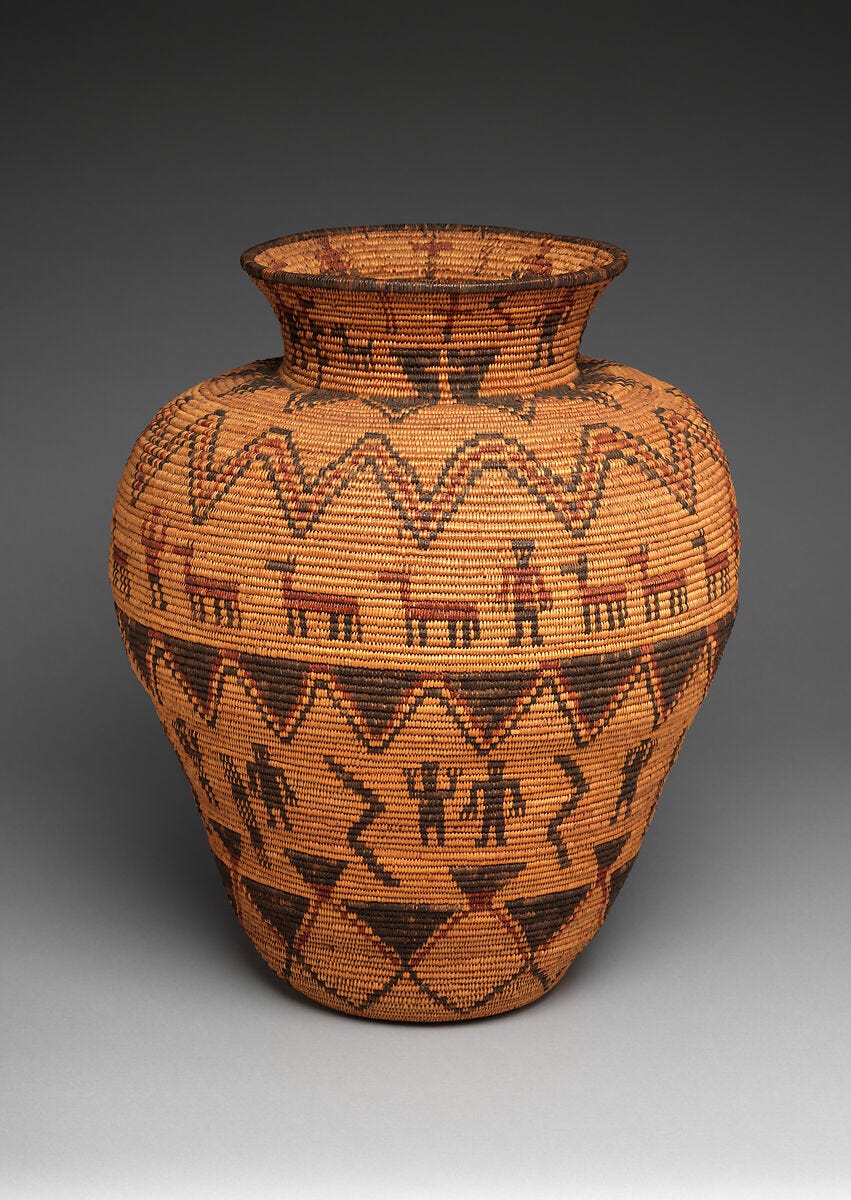
Very interesting post! I have learnt art history academically, but I have also ventured into a little bit of self learning, especially when I realised the vast multitude of this area of study. I have now started to focus on lesser known artists from famous periods in art history (like Jan Van Assen, who was a painter in the 17th century Dutch period), but also a lot on Portuguese art history, which is easy for me to see because I live in Portugal, but also because I find that we all leave behind what our ancestors did to focus on what everyone wants to know, the Da Vinci, Caravaggio, Michelangelo, Monet, etc. (and to add to this, in all the books I have seen about art history, like Taschen’s books and etc., I have never seen a mention of a Portuguese artist!). From my experience, it’s very important to actually go see for your own eyes what you like and that’s when you can discover gems. Even at big museums, like the Vatican Museums I have found artists that I have never heard before and that really interested me, so I think there is always something there for everyone to find.
Anyways, a little bit of a ramble, but I really recommend reading “Masterpieces of Western Art”, edited by Taschen, because it focuses on the study of 900 paintings from the Gothic period to Contemporary art, so it’s a very good introduction book (it’s also a coffeetable book so it’s a good book to dip in and learn something new).
Thank you writing this. It has been a very easy to understand and comprehensive guide.